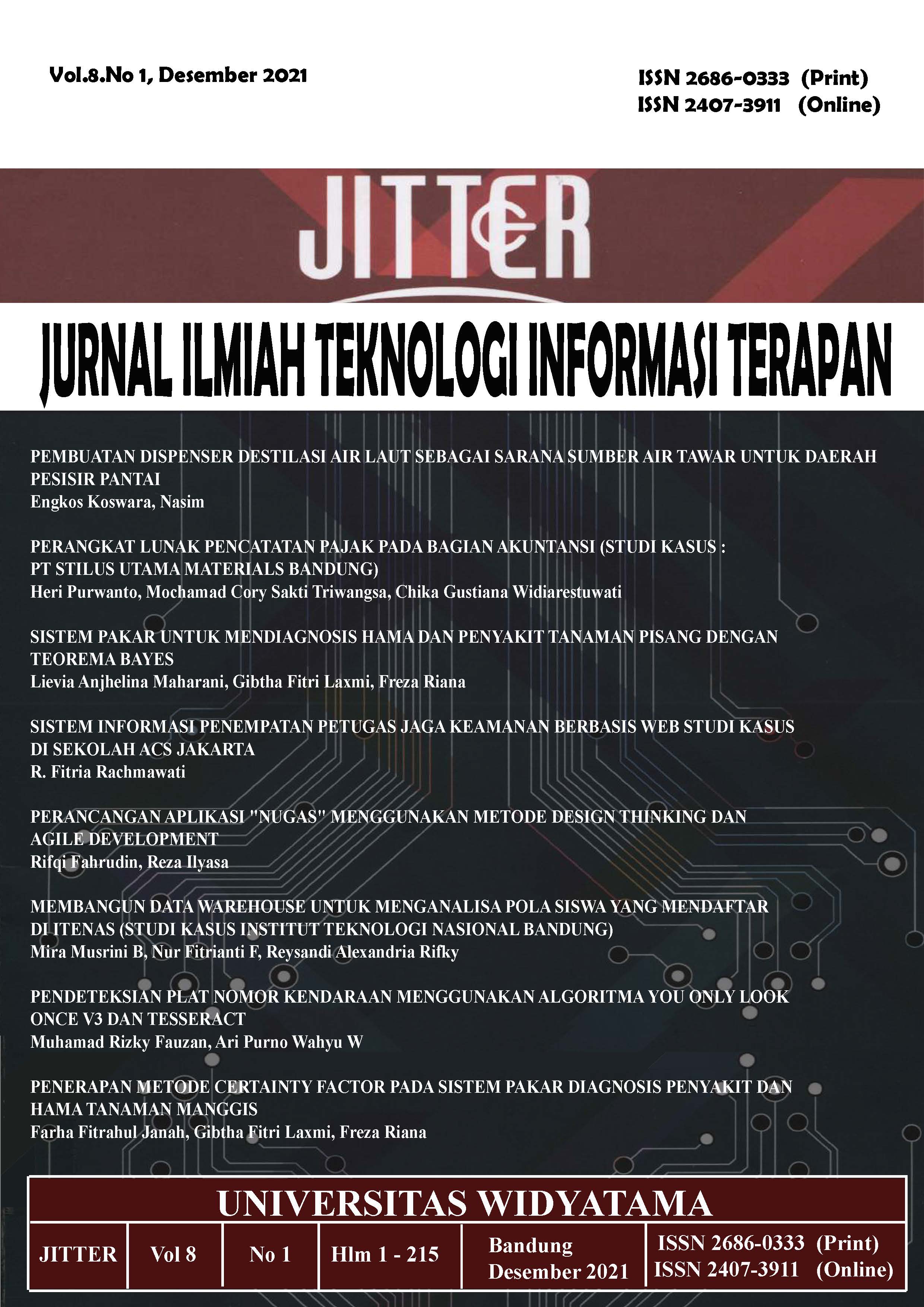DEVELOPMENT OF PROCESSED Snack Food IKM IN CIHAURBEUTI DISTRICT, CIAMIS REGENCY
DOI:
https://doi.org/10.33197/jitter.vol8.iss1.2021.732Keywords:
SMI, Location Quotient (LQ), AHPAbstract
The development of the industrial sector in development in Indonesia cannot be separated from the role of Small and Medium Scale Industry (IKM). Ciamis Regency is a district located at the southern tip of West Java province which also has a potential role for SMI as an attraction for development opportunities that are able to produce Small and Medium Industries (SMI) consisting of 91 small and medium enterprises and 39 types of businesses dominated by those who control the SMI sector and the community's economy with typical snack foods. This study aims to: (1) Identify the base sector in Cihaurbeuti District using the Location Quotient (LQ) method. And (2) Determine the development strategy of the priority sector of Processed Snacks SMI in Cihaurbeuti District using the Analytical Hierarchy Process (AHP) method.
Based on the results of the Location Quotient (LQ) analysis, the results obtained are, there are three IKM sectors which are the base sectors in Cihaurbeuti District. In this LQ calculation, Processed Snacks SMEs are included in the base sector with an average LQ index of > 1, which is 2.96. Based on the results of the Analytical Hierarchy Process (AHP) using the analysis using the principle of decomposition and comparative judgment, the SMI development strategy of Snacks is obtained, namely, Industrial Growth with an importance level of 51% and for alternative industrial development the focus is Production Value with an importance level of 22%.
Downloads
Downloads
Published
How to Cite
Issue
Section
License
Copyright (c) 2021 MAMAN HILMAN MAMAN, Qushayyi Hafidz Alhiyami

This work is licensed under a Creative Commons Attribution-NonCommercial-ShareAlike 4.0 International License.
Submission of a manuscript implies that the submitted work has not been published before (except as part of a thesis or report, or abstract); that it is not under consideration for publication elsewhere; that its publication has been approved by all co-authors. If and when the manuscript is accepted for publication, the author(s) still hold the copyright and retain publishing rights without restrictions. Authors or others are allowed to multiply the article as long as not for commercial purposes. For the new invention, authors are suggested to manage its patent before published. The license type is CC-BY-SA 4.0.




.png)
.png)













.png)


